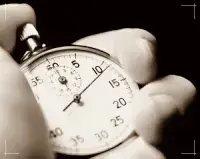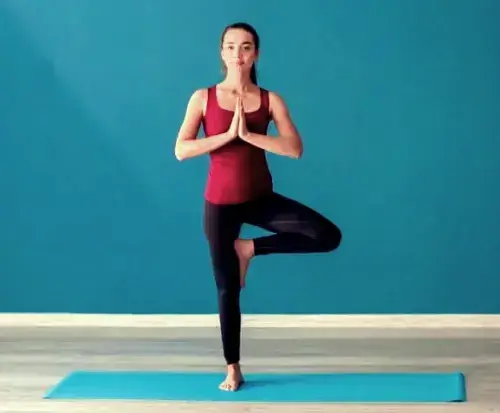Body Age. Ever wondered how to assess your body’s age without undergoing complex tests or expensive procedures? It turns out, all you need is one simple exercise—no special equipment required!
Body Age, What Do You Need?
Just a few free minutes, a stopwatch, and some space- your living room will do, as long as you don’t mind a few curious onlookers. Ready to find out how young or old your body really is?
The Difference Between Young and Old Bodies.
According to IFL Science, researchers have developed a quick and easy method to estimate biological age using a straightforward balance test.
It’s well-known that as we age, our muscles lose strength and flexibility, which directly impacts balance and stability. Scientists decided to test how accurately these factors reflect a person’s “true age.”
Body Age, the Study.
A group of 40 participants, all over the age of 50, took part in this study. Scientists measured their muscle strength in both arms and legs and tested their ability to maintain balance in different positions.
The standing on two legs with eyes open and closed, while in motion, and standing on one leg. Interestingly, while muscle strength varied between men and women, balance test results were quite similar across genders.
Key Findings.
The study revealed that balance deteriorates with age, particularly when standing on one leg.
For instance:
• With every decade of life, the time a person can balance on their non-dominant leg decreases by 2.2 seconds and by 1.7 seconds on their dominant leg.
• Body “sway” increases by 6.3% per decade with open eyes and by 10.4% with closed eyes.
Although the study focused on a limited age range, it confirmed that muscle strength and balance loss are measurable indicators of aging. This simple test can serve as an effective way to gauge overall physical fitness.
How to Test Your Body Age.
The main question is: How do you take the test and interpret your results?
Follow these steps to perform the one-leg balance test:
1. Choose your dominant leg (whichever feels more stable).
2. Stand upright, keep your arms relaxed at your sides, bend the other leg at the knee, and balance on your dominant leg.
3. Time yourself—try to stay balanced as long as possible.
Interpreting Your Results:
• Less than 20 seconds → A warning sign! Poor balance suggests an older biological age.
• More than 30 seconds → Great! Your body is youthful and strong.
For a more challenging version, repeat the test with your eyes closed. In this case:
• Over 15 seconds is a good result.
• Be warned—balancing with closed eyes is much harder!
What Does This Mean for You?
While this test won’t give you an exact age (e.g., “your body is 25 years old”), it can provide insight into your physical condition. Some older individuals may be pleasantly surprised to discover that their balance is better than expected!
If your results are weak, don’t worry—it’s never too late to improve your body’s strength and stability.
The Science of Aging.
In 2025, scientists identified two key periods in life when aging accelerates the most:
• The first peak happens around age 45.
• The second rapid decline begins between 60 and 63 years old.
This isn’t just about accumulated illnesses—even a perfectly healthy person will experience changes in activity levels, metabolism, and hormone balance over time.
For example, younger individuals naturally have higher levels of cortisol and adrenaline, making it easier to break down fat and carbohydrates for energy.
As these hormone levels shift, energy levels and overall physical resilience decline.
Can You Feel Aging in Your Bones?
There’s a common belief that joints ache before a storm—and it turns out, there’s truth to this! Before a storm, atmospheric pressure increases, causing joints to swell. People with arthritis or past injuries feel this change as discomfort or pain.
In a way, their bodies are better at predicting the weather than meteorologists!
Final Thought.
So… can you stand on one leg for 30 seconds? Give it a try!
Have a great day!





Balance deteriorates with age! Yes, yes!